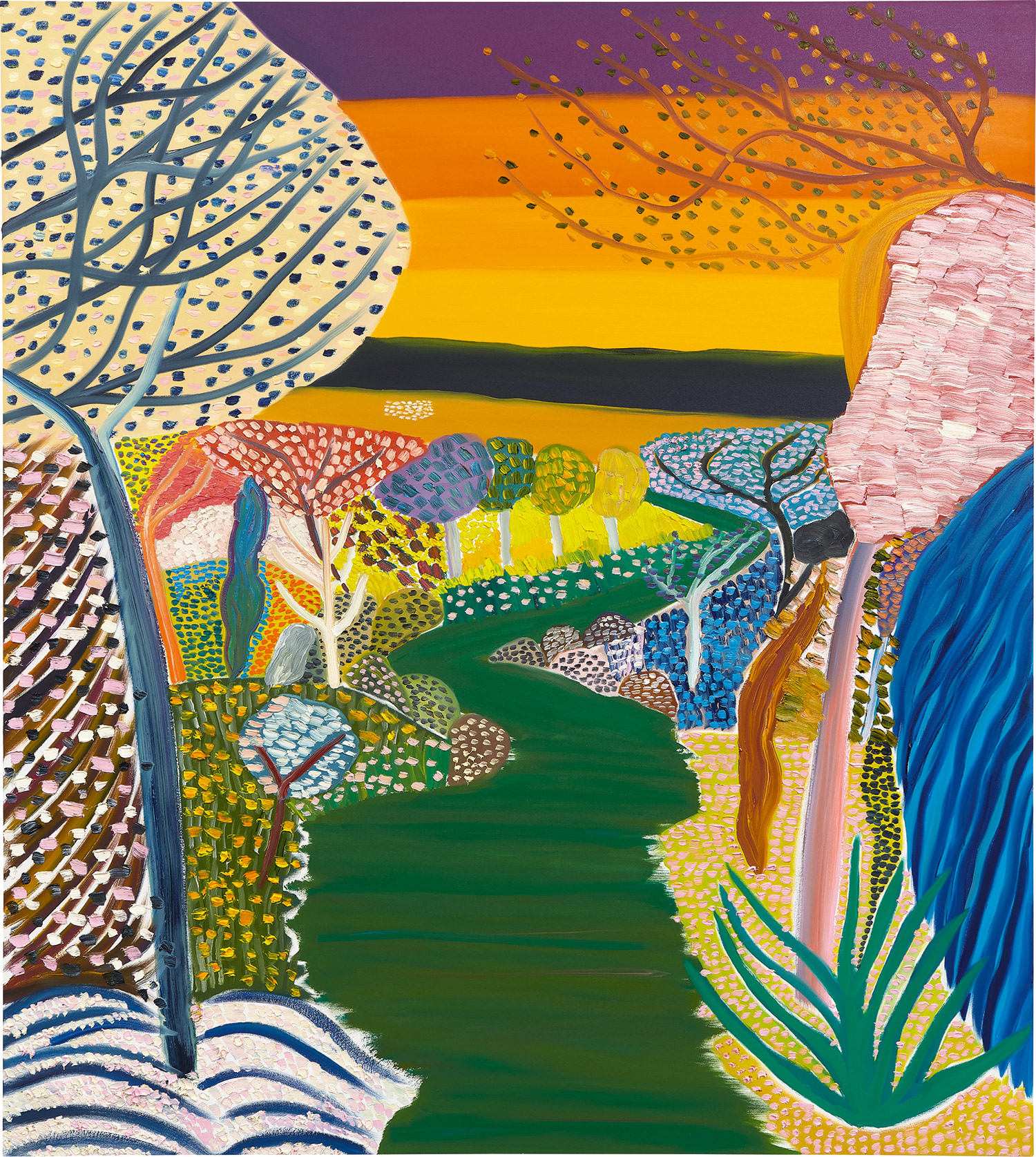

4
Matthew Wong
River at Dusk
Further Details
Full-Cataloguing
Matthew Wong
CanadianMatthew Wong was a Canadian artist who enjoyed growing acclaim for his lush, dreamlike scenes that play on a rich tradition of art historical precedents. His work depicts the vivid but often melancholy terrain between sleep and wakefulness, lonely landscapes and isolated interiors rendered with a carefree hand and an ebullient palette, yet which contain an ineffable sorrow and a palpable but unnamed longing.
Wong spent his childhood between cultures: he was born in Toronto, Canada and at age 7 moved with his family to Hong Kong where he lived until he was 15, at which time the family returned to Canada. Wong began to experiment artistically already well into his adulthood, first with photography, which he pursued at the postgraduate level at the City University of Hong Kong, and then with painting. A self-taught painter, Wong developed his aptitude for the medium by immersing himself in online conversations with other artists and dedicated personal study of the history of art. His paintings attracted almost immediate attention, but Wong tragically passed away in 2019 just as his work was beginning to receive widespread critical praise.